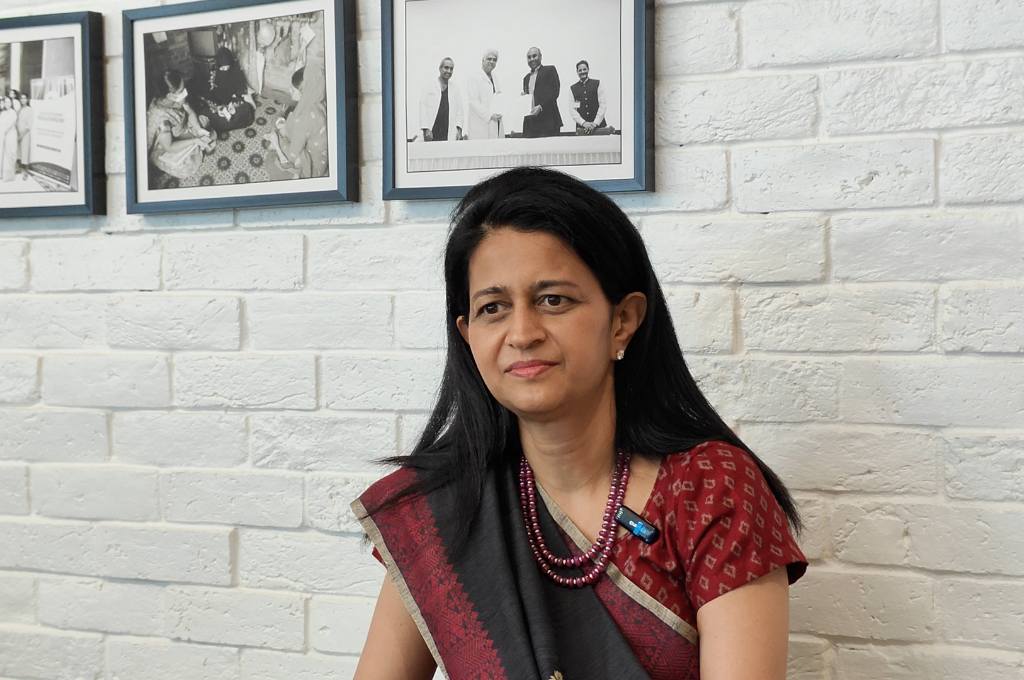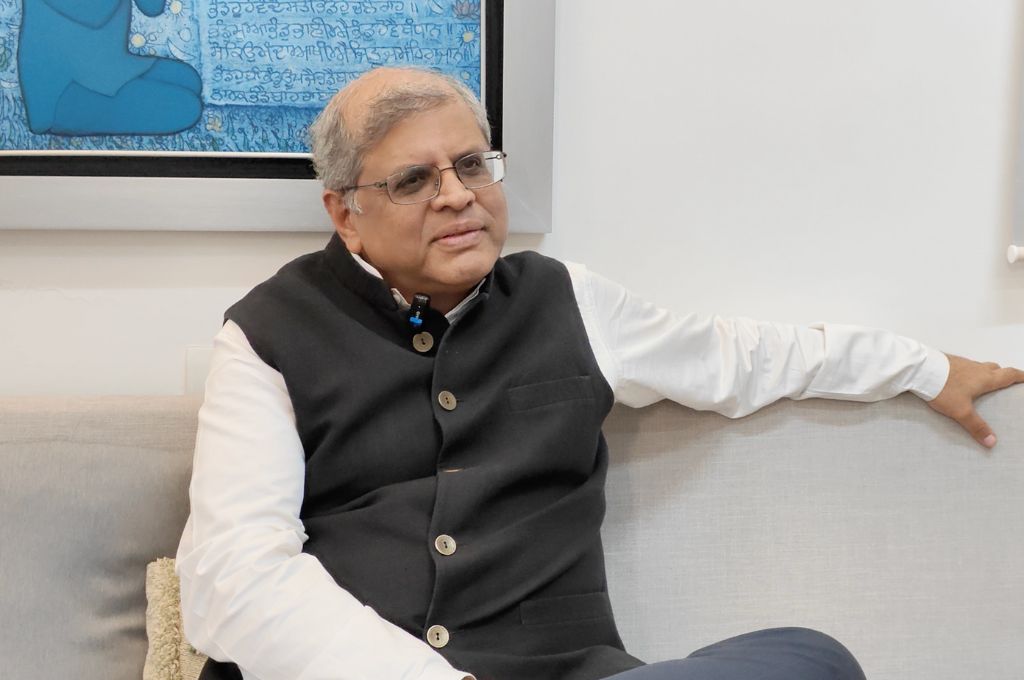Philanthropists and funding organisations grapple with various kinds of risks when considering grant making opportunities. Some are failure risks of theories of change, some of organisational capability and some of sustainability.
As grant makers and partners in change, it is imperative to proactively identify and mitigate these risks. Over this year we, at Nilekani Philanthropies, engaged in interviews and research that highlighted unique ways in which crowdfunding could change and expand the way we imagine our nonprofit engagements.
Why should philanthropists be thinking about crowdfunding?
While the primary case often made is to think of crowdfunding as a way to de-risk traditional funding models, there are other benefits and upsides that we identified.
It can be a crucial way to facilitate deeper engagement between nonprofits and the wider public–to create new ways of bringing people in and build networks and communities of support.
It can create new ways of bringing people to the sector.
Digital networks have the potential to keep us disconnected from the lives and experiences of others. This deprives us of the empathy, vibrancy and ideas that flow from the diversity of communities beyond our own.
Crowdfunding engagements offer an opportunity to change that; to get involved and to acknowledge our interdependencies.
What can philanthropists do?
We believe there are clear opportunities for philanthropy to support and incubate crowdfunding platforms at a strategic level, and as a tactic within grantee organisations.
There is tremendous signalling value in philanthropy showing belief in the model and it can do so in multiple ways. It can be via for-profit investments in crowdfunding platforms, or through offering matched funds to grantees or to crowdfunding platforms to drive individual giving. These can be done either through the lens of sector portfolios or events such as #GivingTuesdayIndia.

CC-BY-SA 4.0
It is important to keep in mind that organisations that are effective at crowdfunding are those that can tell their stories using both data and empathy.
As a primary step, grant makers must recognise the importance of this from multiple perspectives: it is vital for organisations to be able to tell their own stories of change; it is important to the narrative around civil society; and it is critical from the perspective of reaching out to wider audiences and engaging the communities so built.
Philanthropic commitment to the nonprofits they support must extend beyond the immediate grant period; they must be partners for the long term.
One way to do so is by creating capacity for sustainability within their portfolios. Grants as the primary solution to funding needs are not sustainable and organisations need to communicate their cause and impact to the public at large.
Grants as the primary solution to funding needs are not sustainable.
Grant makers can nudge nonprofits to experiment with such models by moving a small percentage of their philanthropic funding to matching grants against monies raised through crowdfunding and by underwriting the costs of implementation and execution.
Donors have an interest in the civil society ecosystem beyond just their immediate portfolio. Creating capacity within their portfolios to tell their stories of change and impact allows for new conversations and connections within the ecosystem and outside of it. This is vital if we want to move the needle on India’s societal challenges.
There is an opportunity to create a new energy around India’s vibrant civil society that includes a much wider section of citizens in change, and also has the potential to create new pathways to sustainability.
Read the full report on why philanthropy must support crowdfunding in India.




